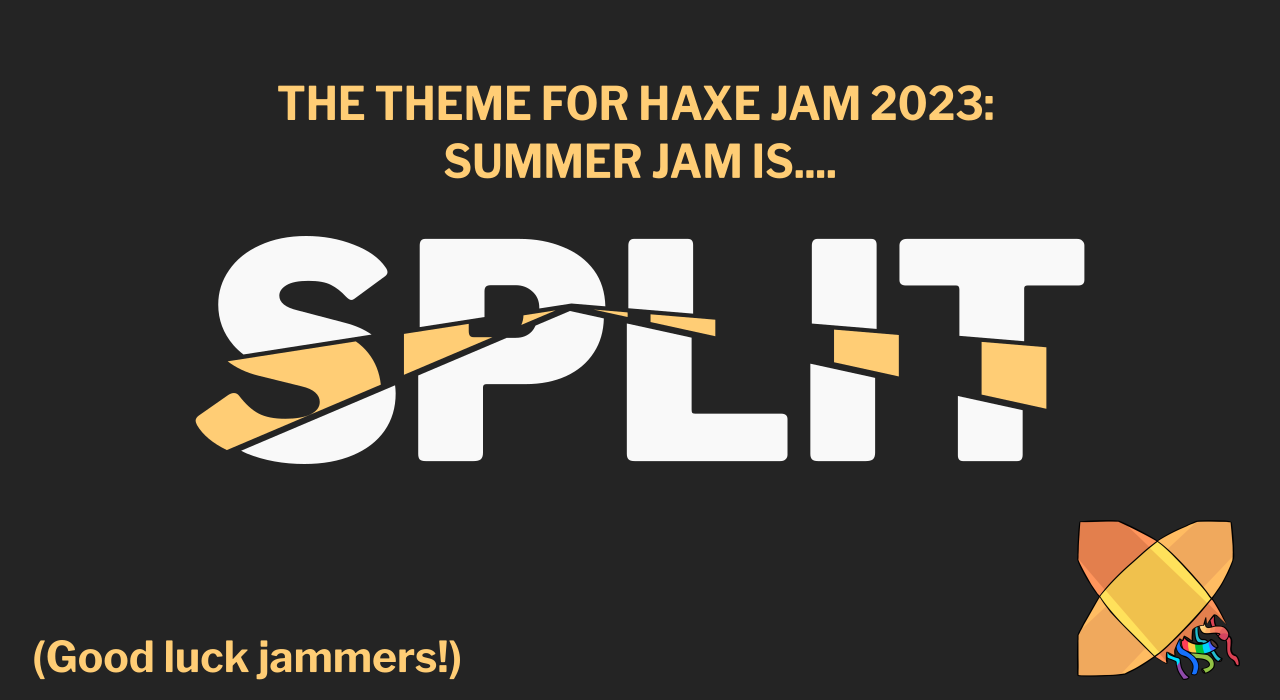Haxe
Welcome to the (unofficial) Haxe community!
In their own words, "Haxe is an open source high-level strictly-typed programming language with a fast optimizing cross-compiler." Mostly it's been used to create a lot of really cool indie games, like these:
Honestly I'm a pretty novice programmer myself, but I'm moderating this community anyway because it needed one. If you have experience with Haxe and are willing to moderate, please let me know and I'll promote you!
A bunch of game engines are written for Haxe, including:
There's even Stencyl, a gamedev tool built on Haxe that has a GUI and requires little to no coding. Including a block-based coding interface if you're into that sort of thing.
I'll add more resources here as they occur to me or people suggest them!

